EU Nature Restoration Law
Restoring ecosystems for people, nature and the climate
The EU Biodiversity Strategy for 2030 was adopted in June 2021. It aims to put Europe’s biodiversity on the path to recovery by 2030. The key points are:
- Continuing ecosystem degradation and biodiversity loss across the EU
- Protection is not enough
- Voluntary targets of the 2020 EU Biodiversity Strategy were not met -> a reinforced approach is needed
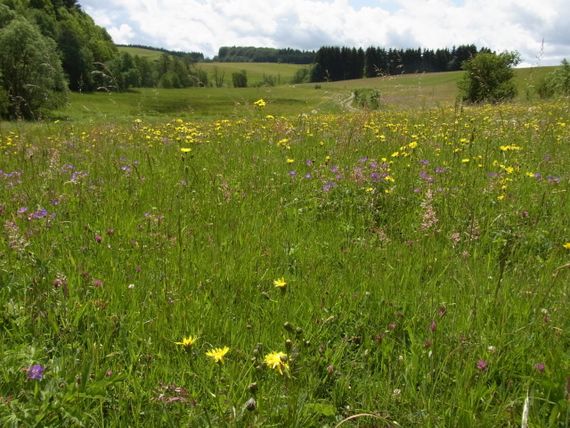
So, the EU Commission has come forward with a proposal for legally binding targets for nature restoration.
Considerations behind the legal proposal :
- Use the legal form of a regulation
- Complement & build on existing policy framework
- Build on the synergies between climate change & nature
- Need for large scale restoration effort
- Proposed targets that are area-based or indicator based
The EU proposal for a Nature Restoration Law was published by the Commission on 22 June 2022 and information about the proposal was provided in a press release.
Structure of the draft Regulation
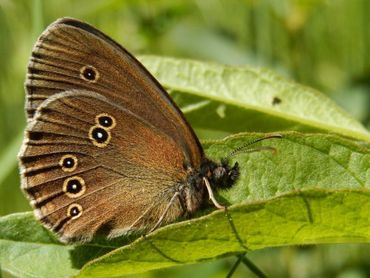
So, what is nature restoration?
‘restoration’ means… the process of actively or passively assisting the recovery of an ecosystem towards or to good condition… as a means of conserving or enhancing biodiversity and ecosystem resilience;
This can include….
- …active or passive restoration
- …improve, re-establish, re-connect ecosystems / habitat types / habitats of species
The EU has published a brochure Restoring nature - For the benefit of people, nature and the climate which illustrates how restoration can be achieved, with case studies and examples.
Overarching Objectives at EU level
By 2030 -> restoration measures will cover 20% of EU’s land and sea
By 2050 -> measures in place for ALL ecosystems in need of restoration
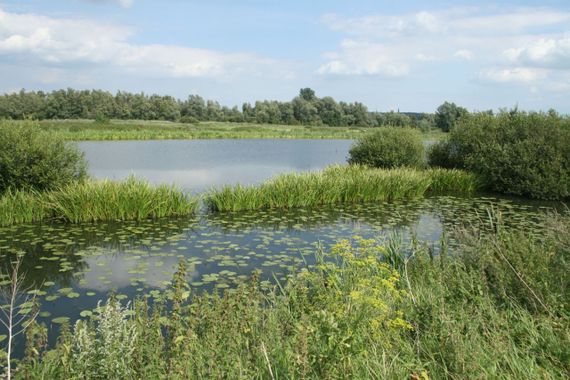
Restoration Targets cover:
- Protected Habits (HD Annex1)
- Habitats of Protected Species (BHD)
- Pollinators
- Agro Ecosystems
- Forest Ecosystems
- Urban Ecosystems
- River connectivity
- Marine Ecosystems
The legislation includes these specific targets
- targets based on existing legislation (for wetlands, forests, grasslands, river and lakes, heath & scrub, rocky habitats and dunes) - improving and re-establishing biodiverse habitats on a large scale, and bringing back species populations by improving and enlarging their habitats
- pollinating insects – reversing the decline of pollinator populations by 2030, and achieving an increasing trend for pollinator populations, with a methodology for regular monitoring of pollinators
- forest ecosystems – achieving an increasing trend for standing and lying deadwood, uneven aged forests, forest connectivity, abundance of common forest birds and stock of organic carbon
- urban ecosystems – no net loss of green urban space by 2030, and an increase in the total area covered by green urban space by 2040 and 2050
- agricultural ecosystems – increasing grassland butterflies and farmland birds, the stock of organic carbon in cropland mineral soils, and the share of agricultural land with high-diversity landscape features; restoring drained peatlands under agricultural use
- marine ecosystems – restoring marine habitats such as seagrass beds or sediment bottoms that deliver significant benefits, including for climate change mitigation, and restoring the habitats of iconic marine species such as dolphins and porpoises, sharks and seabirds.
- river connectivity – identifying and removing barriers that prevent the connectivity of surface waters, so that at least 25 000 km of rivers are restored to a free-flowing state by 2030
Article 8 of draft Nature Restoration Law says:
Member States shall reverse the decline of pollinator populations by 2030 and achieve thereafter an increasing trend of pollinator populations, measured every three years after 2030, until satisfactory levels are achieved, as set out in accordance with Article 11(3).
The Commission shall adopt implementing acts to establish a method for monitoring pollinator populations. Those implementing acts shall be adopted in accordance with the examination procedure referred to in Article 21(2).
The method referred to in the paragraph 2 shall provide a standardised approach for collecting annual data on the abundance and diversity of pollinator species and for assessing pollinator population trends.
Target for restoration of pollinator populations
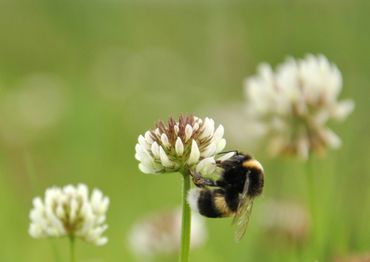
- Member States shall reverse the decline of pollinator populations by 2030 and achieve thereafter an increasing trend of pollinator populations, measured every three years after 2030, until satisfactory levels are achieved, as set out in accordance with Article 11(3).
- The Commission shall adopt implementing acts to establish a method for monitoring pollinator populations. Those implementing acts shall be adopted in accordance with the examination procedure referred to in Article 21(2).
- The method referred to in the paragraph 2 shall provide a standardised approach for collecting annual data on the abundance and diversity of pollinator species and for assessing pollinator population trends.
For terrestrial protected habitat types and species:
Targets are based on existing legislation - see Art 4 and 5 of NR law
Based on data available from EU Nature Directives reporting, targets are set up that require MSs to put in place restoration measures …
- …for habitat types: to improve degraded areas & to re-establish areas that were lost;
- …for species: to improve, re-establish, re-connect the habitats of species - in addition to what is done for habitat types.
Areas under restoration must show an improvement in condition
No deterioration clause (inside and outside the Natura 2000 network) with certain exceptions.
Targets for Agricultural Ecosystems
Achieve an increasing trend in indicators (until satisfactory levels are achieved):
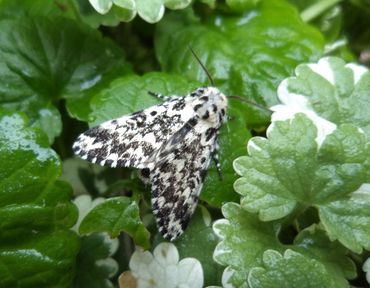
- Grassland butterfly index;
- Stock of organic carbon in cropland mineral soils;
- Share of agricultural land with high-diversity landscape features;
- Farmland bird index at national level (with specified index improvements)
- Restore & partly rewet certain shares of drained peatlands under agricultural use.
- Flexibility clauses are giving the option to work also on peat extraction sites and other types of drained peatlands.
Requirement for Member States to produce Nature Restoration Plans
Preparation (Art. 11):
- Monitoring and research to identify measures for all targets
- Quantify & map restoration areas; Identify satisfactory levels for indicators
- Identify synergies with climate change & other plans and strategies
Content (Art. 12)
- Quantification & description of the restoration measures, non-deterioration measures & timing for implementation: 2030, 2040, 2050
- Details on how to finance the implementation of the restoration measures -> EU, national, public/private
Monitoring and Reporting
- Member States to monitor conditions, trends, areas, indicators, populations (Art. 17)
- Member States to report on implementation of NRP, putting in place restoration measures and results achieved (Art. 18)
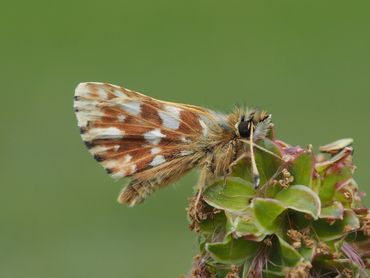
EU Commission and European Environment Agency will:
- assess progress in implementation and achievement of targets and obligations
- report to European Parliament and EU Council every three years
EU Delegated Acts and Committee Procedures will cover:
Delegated acts (7 in total):
- amend the annexes to the Regulation (Art. 19):
lists of habitats, species, indicators, and examples of restoration measures
Implementing acts (comitology):
- to establish a method for monitoring pollinator populations (Art. 8(2))
- to establish a uniform format for the national restoration plans (Art. 12(4))
- to specify methods for monitoring indicators for agricultural ecosystems (Art. 17(9)(a))
- to specify methods for monitoring indicators for forest ecosystems (Art. 17(9)(b))
- to develop a framework for setting satisfactory levels re. pollinator populations, agricultural ecosystems and forest ecosystems (Art. 17(9)(c))
- To establish the format, structure and detailed arrangements for MS reporting requirements (Art. 18(3))
